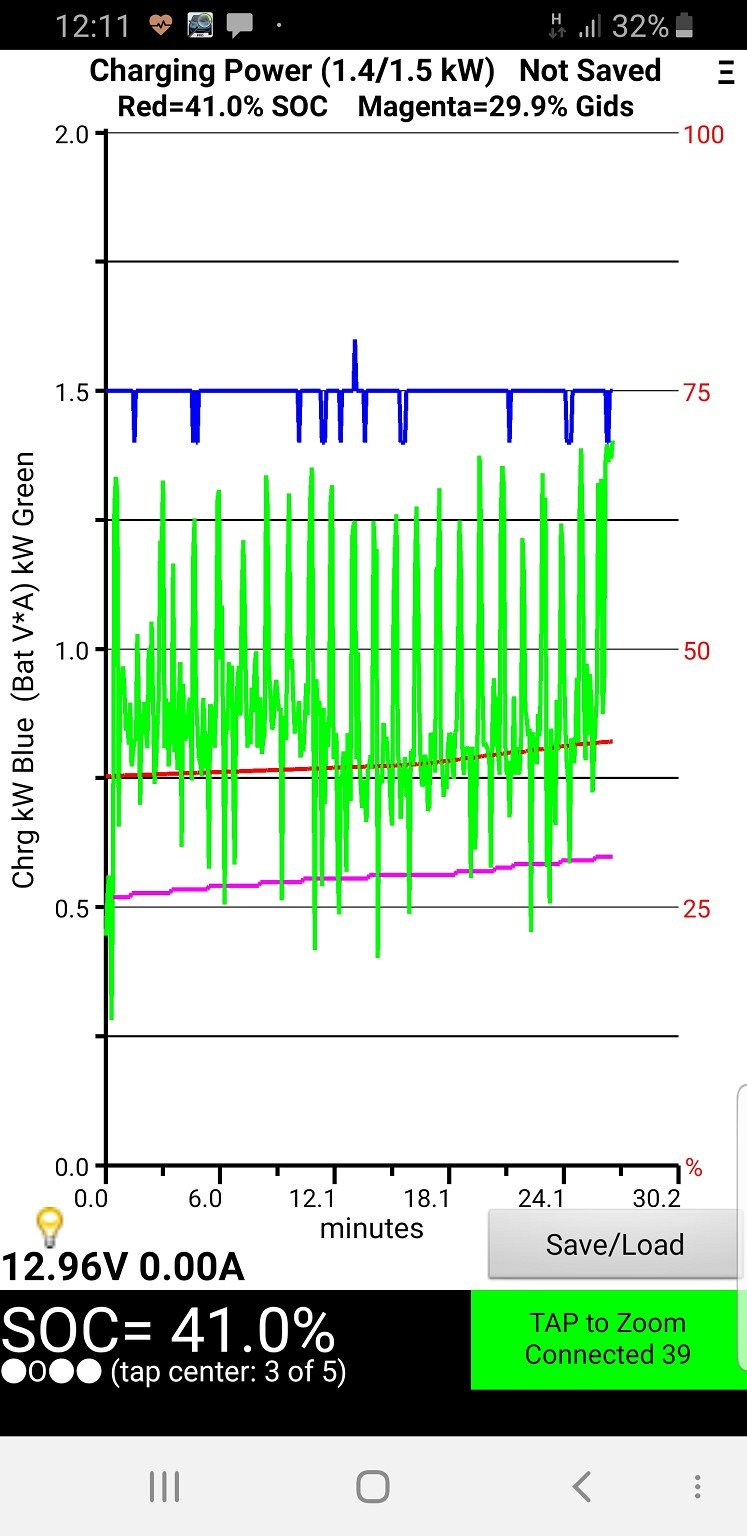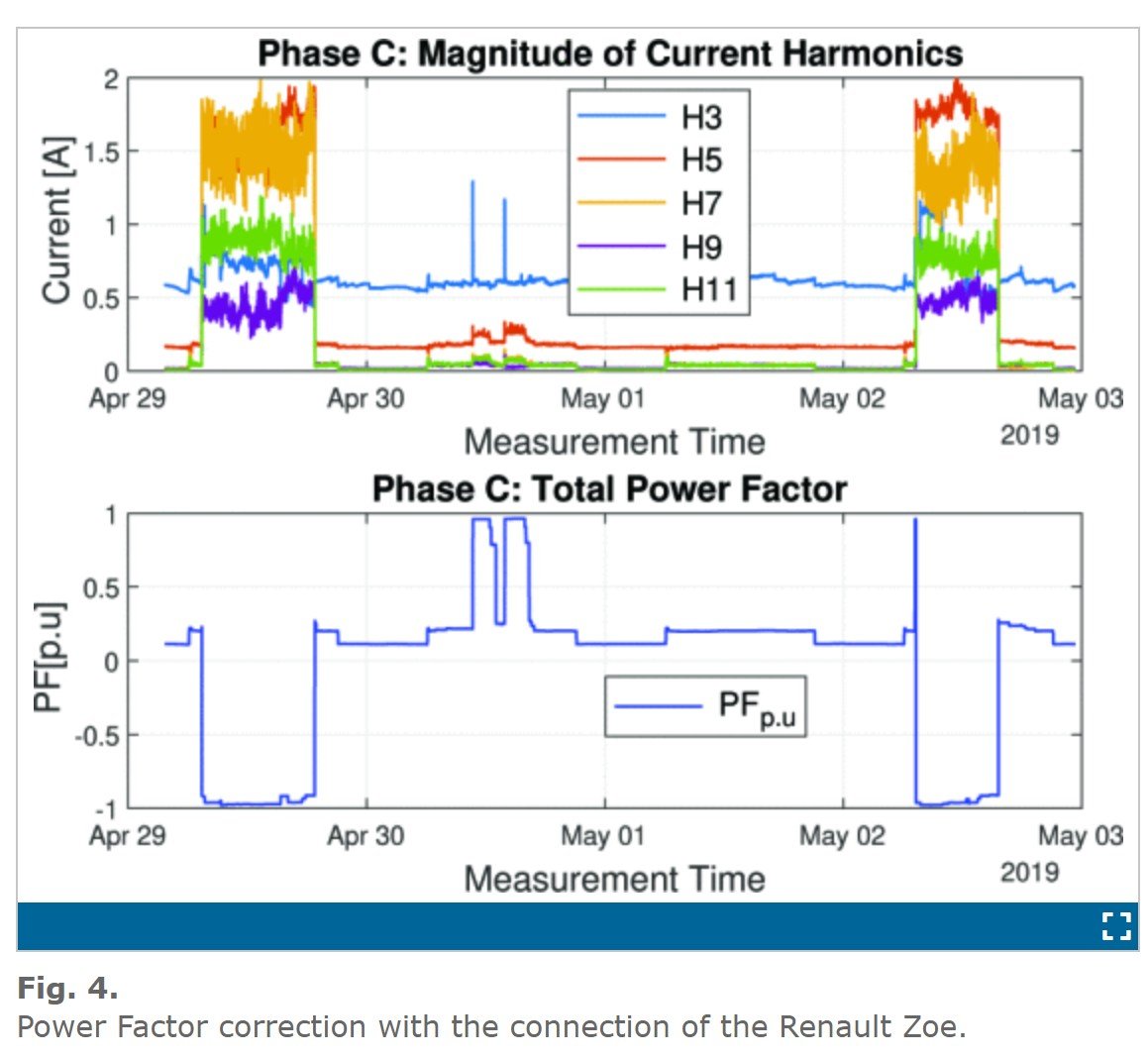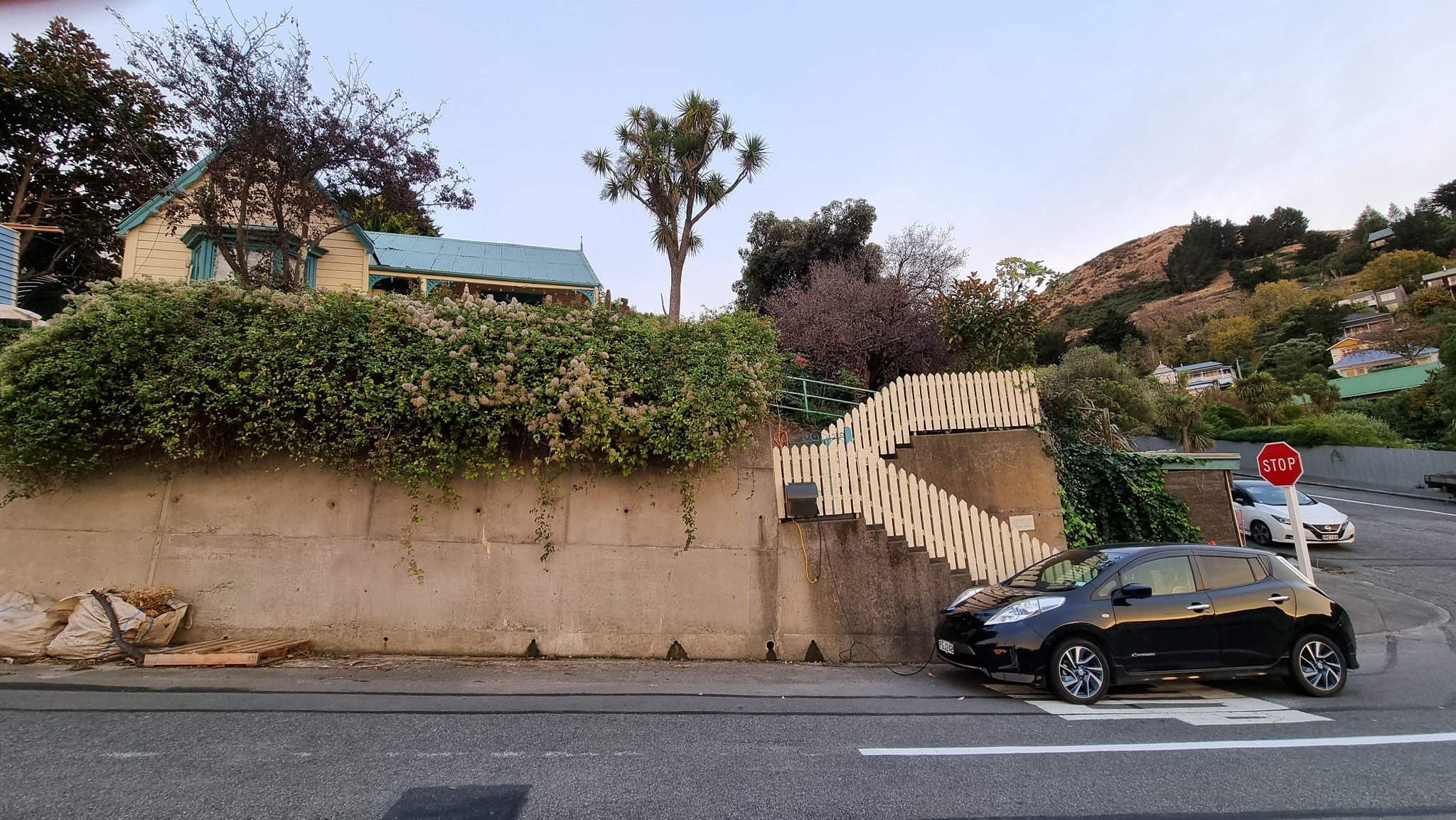Linuxluver:
I traded in the MG ZS EV as it was almost 3 years old. We now have a GWM Ora Cat extended range. It works great with the TWC, too.
I sat in an Ora Cat a while ago and thought it would be a good (and affordable) city runabout. Any chance you could give it a write up in the test drive thread? Of particular value from an experienced EV owner.





